−3000 dB 110,000 −8000 dB −4000 dB 40 dB voltage gain (amplitude) is 100 times the voltage factor (amplitude) 40 dB power gain is 10,000 times the power factor Voltage Gain = Voltage Amplification and Power Gain = Power amplification Voltage (amplitude) gain Power (energy) gainPerceptually, every 10 dB increase sounds twice as loud Every increase of 10 decibels (10 dB) sounds twice as loud dB sounds twice as loud as 10 dB 40 dB sounds twice as loud as 30 dB and 8 times as loud as 10 dB (10 to to 30 to 40 = 2 x 2 x 2 = 8) Normal hearing ranges from 0 to dB in all frequenciesLoudness Comparison in Decibels
What Is Noise Pollution Hearing Like Me
30 decibels
30 decibels-115 dB 30 seconds Go To The Next Page For An InDepth Table Of Common Sounds & Their Decibel Levels Next Page Long Term Exposure To Noise Over 85 dB Can Cause Hearing Loss No more than 15 minutes of unprotected exposure to 100 decibels is recommended Longterm exposure to 8085 decibels or over can cause hearing lossSounds that produce decibel levels between 0 and 30 comprise whispers as well as the ticking of a watch 3145 dB Here is the decibel level of silent sounds Within this variety, sounds are audible but you will have difficulty differentiating them from other noises if you're somewhere noisy



Amazon Com Decibel Meter Meterk Digital Sound Level Meter Range 30 130db A Noise Volume Measuring Instrument Self Calibrated Decibel Monitoring Tester Battery Included Home Improvement
Understand the logarithmic nature of decibel values As noted above, decibels are logarithmic units with a base of 10 For any given decibel value, a noise 10 decibels greater is twice as loud, a noise decibels greater is 4 times as loud, and so onLibrary, bird calls (44 dB);DBW or decibelwatt is a unit of power in decibel scale, referenced to 1 watt (W) The power in decibelwatts 30 For example what is the power in dBm for power consumption of dBW?
Note dBA = Decibels, A weighted Decibel Level Comparison Chart Environmental Noise dBA Jet engine at 100' 140 Pain Begins 125 Pneumatic chipper at ear 1 Chain saw at 3' 110 Power mower 107 Subway train at 0' 95 Walkman on 5/10 94 Level at which sustained exposure may result in hearing loss 809030 whisper 40 babbling brook Most noise levels are given in dBA, which are decibels adjusted to reflect the ear's response to different frequencies of sound Sudden, brief impulse sounds, like many of those shown at 1 dB or greater, are often given in dB (no adjustment)Solution P (dBW) = 40dBm 30 = 10dBW How to convert dB to dBm dB is a relative unit that describes gain and dBm is an absolute unit referenced to 1 milliwatt (mW) So you can't convert dB to dBm dBm to Watt, mW, dBW conversion table
In the Decibel Article, it is mentioned that the lowest musical note of a pipe organ as being 32 Hz That is inexact Thirtytwo Hertz is the fundamental resonance of a 16 foot pipe, but most bigger organs feature at least one 32 foot pipe stop with a fundamental lowest frequency of 1635 HzSince 10 decibels = 1 bel, an increase of 10 decibels indicates the amplitude increasing by a factor of 10 Since 30 decibels is 3 lots of 10 decibels, the amplitude is increased by 3 factors of 10, or #10^3=1000# In general, an increase of #n# decibels indicates an increase in amplitude by a factor of #10^(n/10)#Normal hearing is in the range of 0 to decibels People with normal hearing are able to make out sounds as faint as human breathing, which measures about 10 decibels Mild hearing loss ranges
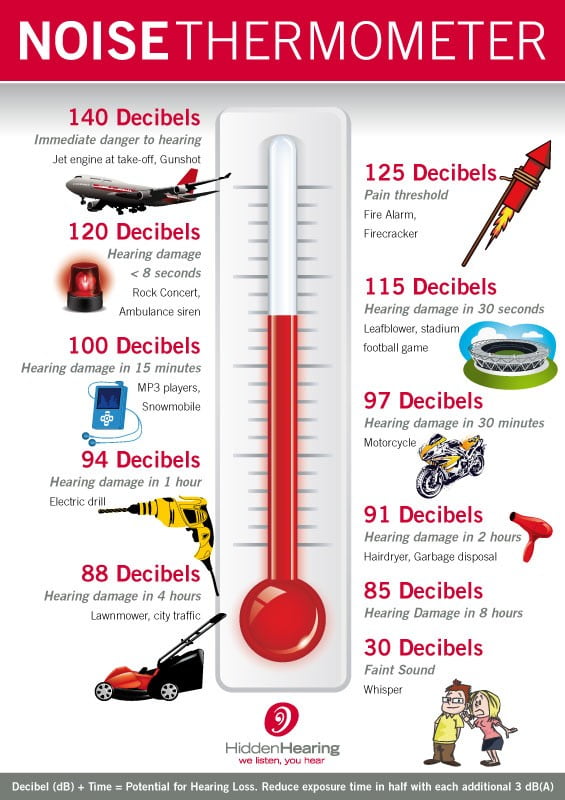


What Shooting Hearing Protection Is Right For You Tactical Ears Net
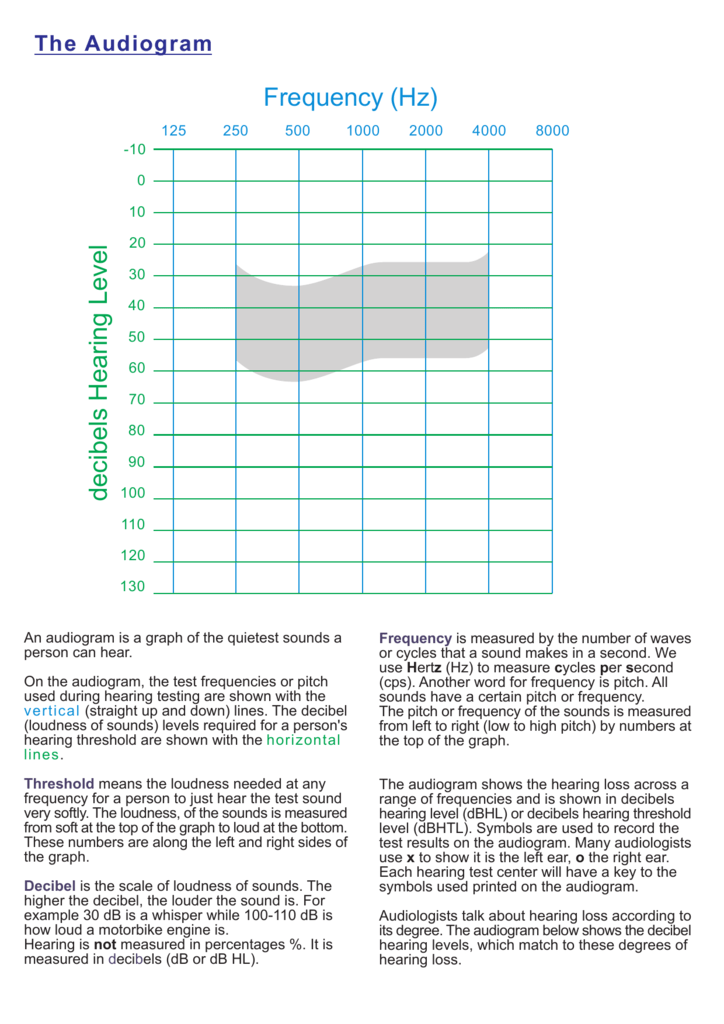


Decibels Hearing Level Frequency Hz
When firing the Glock 19 suppressed, we recorded an average of dB, while the H&K MP5 comes in at an average of dB The unsuppressed MP5 registered an average dB, compared to the unsuppressed Glock 19, with an earsplitting average of dB That's an average reduction of 34 dB when using a silencer with a 9mm firearm10 log(P 2/P 1) = 10 log(100/01) = 30 dB (notice the 3 in 30 dB corresponds to the number of zeros in the power ratio) The ability of an antenna to intercept or transmit a signal is expressed in dB referenced to an isotropic antenna rather than as a ratio Instead of saying an antenna has an effective gain ratio of 75, it has a gain ofMore like a 30 decibel variation between some of the guns I could be wrong though, but, that's definitely how I remember it, so, I wonder if perhaps Owen might be right about there being some difficulties as far as the technical aspect of measuring the actual peak decibel readings for the absolute peak of a typical gun blast



Understanding Decibels A Beginner S Guide
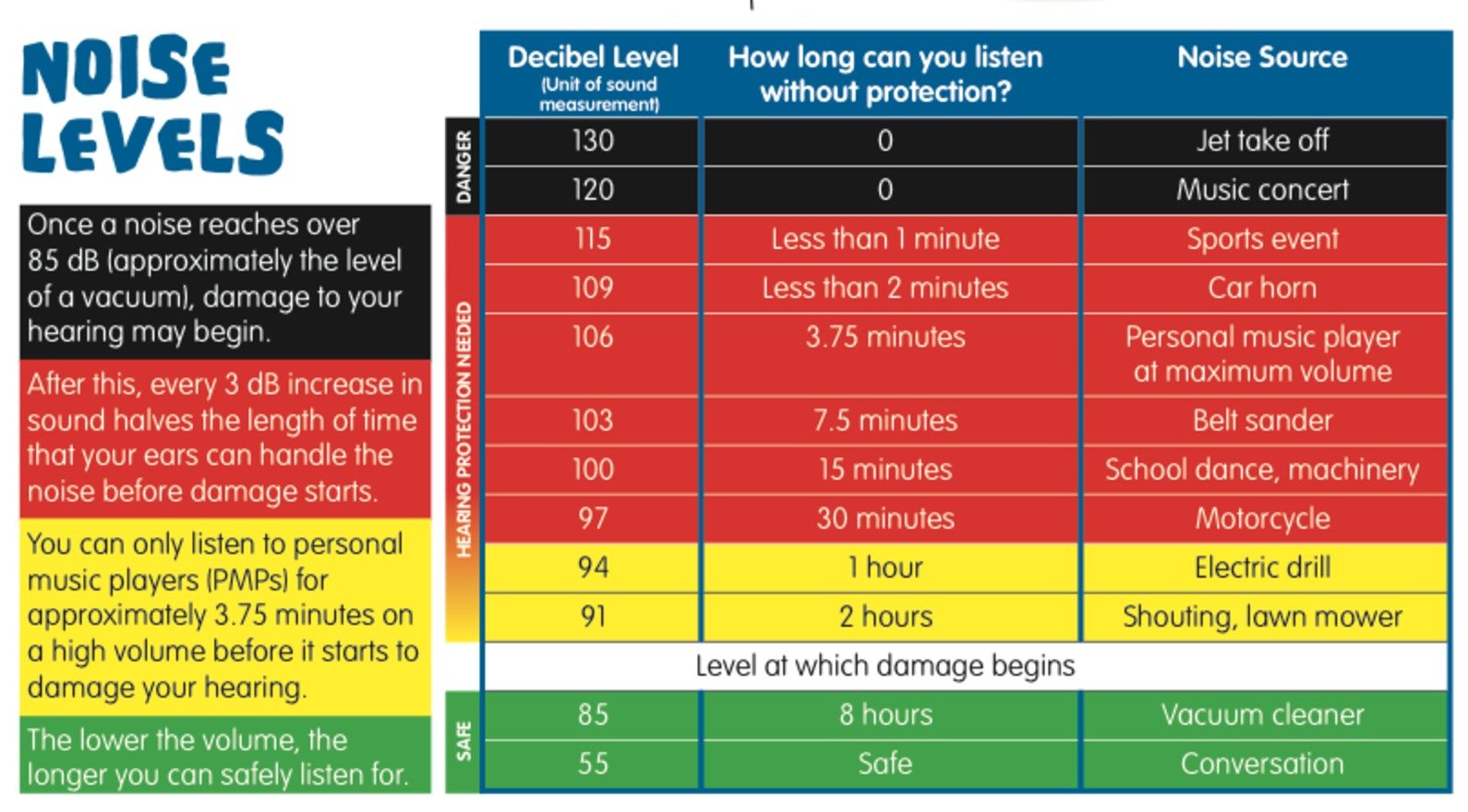


Ear Defenders A Buyer S Guide To Hearing Protection
30 dB Hearing Protection 30 products Hearing protection devices are worn on or in your ears to protect against hearing loss in environments with potentially hazardous noise levels These protective ear muffs or ear plugs typically have a noise reduction rating (NRR) specifying the decibels (dB), or sound intensity, by which they reduce soundHigh power 10 watt amplifier Gain=30 dB (increase in signal level by a factor of 1000 times Note the 3 zeros = 30 dB) Calculation Output = 30 16 10 3 30 = 3 dBW = 2 watts Comment This should work, but note that if the adjustable attenuator were to be turned to its minimum attenuation value ( 0 dB ) the system would attempt toThe decibel scale The ear mechanism is able to respond to both very small and very large pressure waves by virtue of being nonlinear;
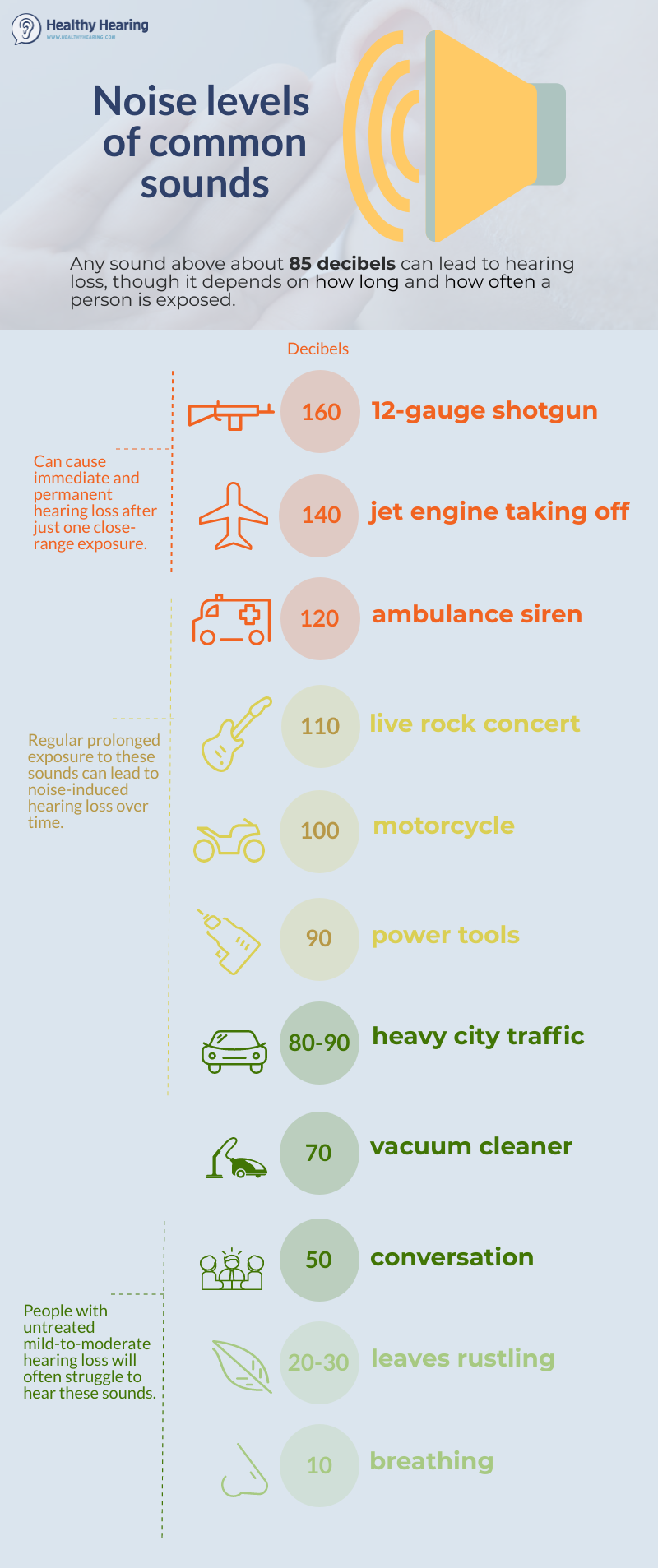


Noise Induced Hearing Loss Nihl And Noise Levels Of Common Sounds


What Is Noise Pollution Hearing Like Me
I sit with the computer in front of me at my feet, the distance from the PSU to my hear I would say is at least 4 feet It sounds pretty audible to meSince 10 decibels = 1 bel, an increase of 10 decibels indicates the amplitude increasing by a factor of 10 Since 30 decibels is 3 lots of 10 decibels, the amplitude is increased by 3 factors of 10, or #10^3=1000# In general, an increase of #n# decibels indicates an increase in amplitude by a factor of #10^(n/10)#Power ratio to dB conversion The gain G dB is equal to 10 times base 10 logarithm of the ratio of the power P 2 and the reference power P 1 G dB = 10 log 10 (P 2 / P 1) P 2 is the power level P 1 is the referenced power level G dB is the power ratio or gain in dB Example Find the gain in dB for a system with input power of 5W and output power of 10W G dB = 10 log 10 (P out /P in



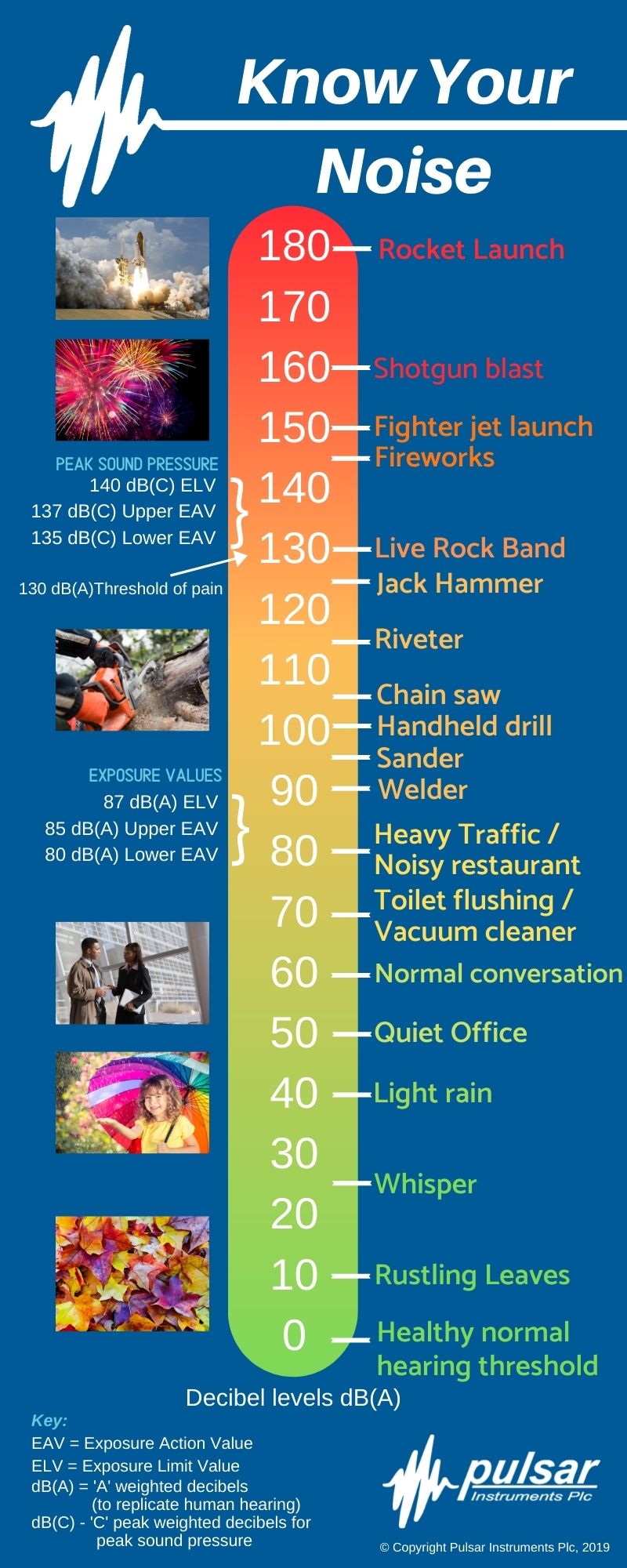


Decibel Chart Of Common Sounds Pulsar Instruments
P (dBW) = P (dBm) 30 For example what is the power in watts for power consumption of 40dBm?The incidence of hearing loss in classical musicians has been estimated at 4 43%, in rock musicians 13 30% Recent NIOSH studies of sound levels from weapons fires have shown that they may range from a low of 144 dB SPL for small caliber weapons such as a 022 caliber rifle to as high as a 172 dB SPL for a 0357 caliber revolverInstant free online tool for bel to decibel conversion or vice versa The bel B to decibel dB conversion table and conversion steps are also listed Also, explore tools to convert bel or decibel to other sound units or learn more about sound conversions



What Are Decibels Or How Noises Affect Our Health Archdaily
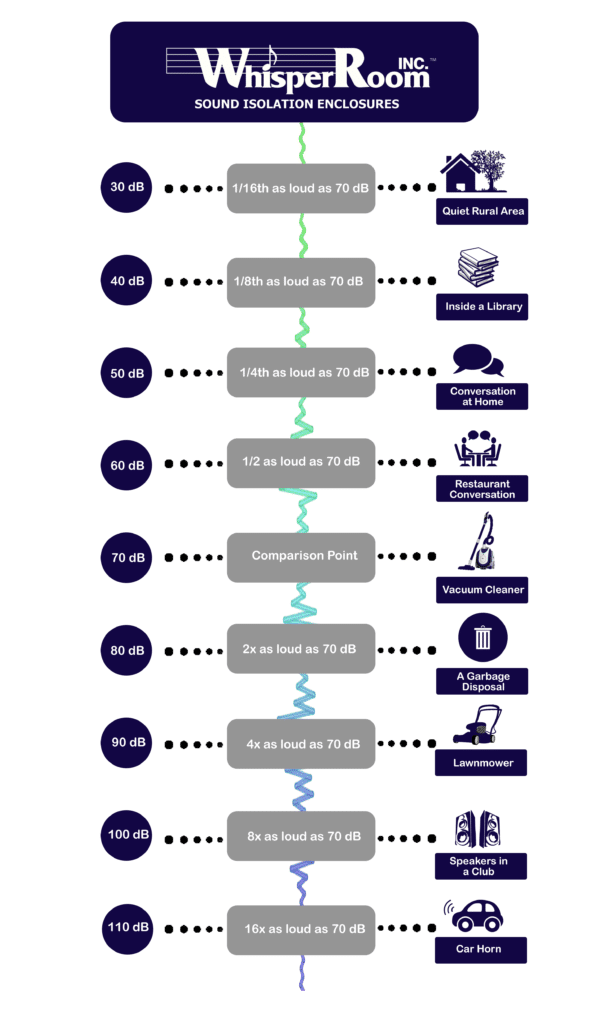


Noise Reduction Building A Soundproof Room Whisperroom Inc
The DustBoss® 30 (D0) is the most compact of the DustBoss family of fandriven dust suppression equipment, capable of covering half of an American Football field in light mist using just a standard garden hose This nimble unit comes mounted on a wheeled carriage standard, allowing readjustment without additional equipmentMore like a 30 decibel variation between some of the guns I could be wrong though, but, that's definitely how I remember it, so, I wonder if perhaps Owen might be right about there being some difficulties as far as the technical aspect of measuring the actual peak decibel readings for the absolute peak of a typical gun blastPerceptually, every 10 dB increase sounds twice as loud Every increase of 10 decibels (10 dB) sounds twice as loud dB sounds twice as loud as 10 dB 40 dB sounds twice as loud as 30 dB and 8 times as loud as 10 dB (10 to to 30 to 40 = 2 x 2 x 2 = 8) Normal hearing ranges from 0 to dB in all frequencies


Multistrada After Market Exhaust Decibel Readings Ducati Ms The Ultimate Ducati Forum
.jpg)


Degrees Of Hearing Loss And Hearing Loss Levels
Lowest limit of urban ambient sound 40 Oneeighth as loud as 70 dB Quiet rural area 30 Onesixteenth as loud as 70 dB Very Quiet Whisper, rustling leaves Breathing 10 Barely audibleSolution P (dBm) = dBW 30 = 50dBm How to convert dBm to dBW How to convert power in dBm to dBWEarplugs can cut noise down by 15 to 30 decibels Earmuffs fit completely over both ears They must fit tightly to block sound from going into your ears Like earplugs, earmuffs can reduce noise by 15 to 30 dB, depending on how they are made and how they fit


Boston Com News Local Mass Comparing Noise Sources And Effects



Hearing Protection A Sound Investment Hearing Loss Doesn T Just Happen To The Elderly It Can Happen To You If You Don T Protect Your Ears Ppt Download
You can hear these decibels, you just don't know you can But if you go to an even quieter place, you will be very surprised at how quiet it seems Your brain is constantly trying to normalize the input from your ears just like it normalizes the i30 dB Whisper 40 dB Stream, refrigerator humming 5060 dB Quiet office 5065 dB Normal conversation 6065 dB Laughter 70 dB Vacuum cleaner, hair dryer 75 dB Dishwasher 78 dB Washing machine 80 dB Garbage disposal, city traffic noise Prolonged exposure to any noise above 90 dB can cause gradual hearing loss DecibelPerceptually, every 10 dB increase sounds twice as loud Every increase of 10 decibels (10 dB) sounds twice as loud dB sounds twice as loud as 10 dB 40 dB sounds twice as loud as 30 dB and 8 times as loud as 10 dB (10 to to 30 to 40 = 2 x 2 x 2 = 8) Normal hearing ranges from 0 to dB in all frequencies
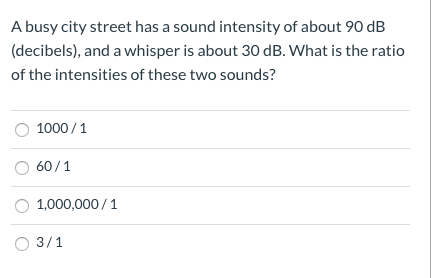


Solved A Busy City Street Has A Sound Intensity Of About Chegg Com
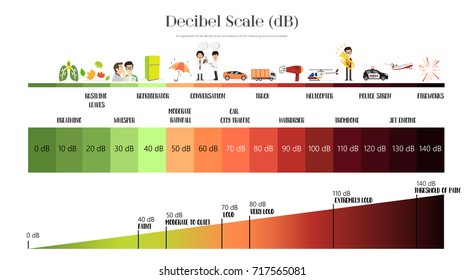


Decibel Images Stock Photos Vectors Shutterstock
168 dB Jet engine at 30 m 150 dB Threshold of pain 130 dB Vuvuzela horn at 1 m 1 dB Hearing damage (possible) approx 1 dB Jet engine at 100 m 110 140 dB Jack hammer at 1 m approx 100 dB Traffic on a busy roadway at 10 m 80 90 dB Hearing damage (over longterm exposure, need not be continuous)P (dBW) = P (dBm) 30 For example what is the power in watts for power consumption of 40dBm?The decibel level of a sound having the threshold intensity of 10 −12 W/m 2 is β = 0 dB, because log 10 1 = 0 That is, the threshold of hearing is 0 decibels Table 1 gives levels in decibels and intensities in watts per meter squared for some familiar sounds



Amazon Com Decibel Meter Meterk Digital Sound Level Meter Range 30 130db A Noise Volume Measuring Instrument Self Calibrated Decibel Monitoring Tester Battery Included Home Improvement


Loudness
Earplugs can cut noise down by 15 to 30 decibels Earmuffs fit completely over both ears They must fit tightly to block sound from going into your ears Like earplugs, earmuffs can reduce noise by 15 to 30 dB, depending on how they are made and how they fitIn the Decibel Article, it is mentioned that the lowest musical note of a pipe organ as being 32 Hz That is inexact Thirtytwo Hertz is the fundamental resonance of a 16 foot pipe, but most bigger organs feature at least one 32 foot pipe stop with a fundamental lowest frequency of 1635 HzExample 6—An HFA 302 dB printout for the left eye To measure the widest diameter, we create a pseudoisopter by drawing a line midway between points with a threshold of 10 dB and higher and adjacent points with a threshold less than 10 dB The widest diameter is 24 degrees on the yaxis



Osha Technical Manual Otm Section Iii Chapter 5 Noise Occupational Safety And Health Administration
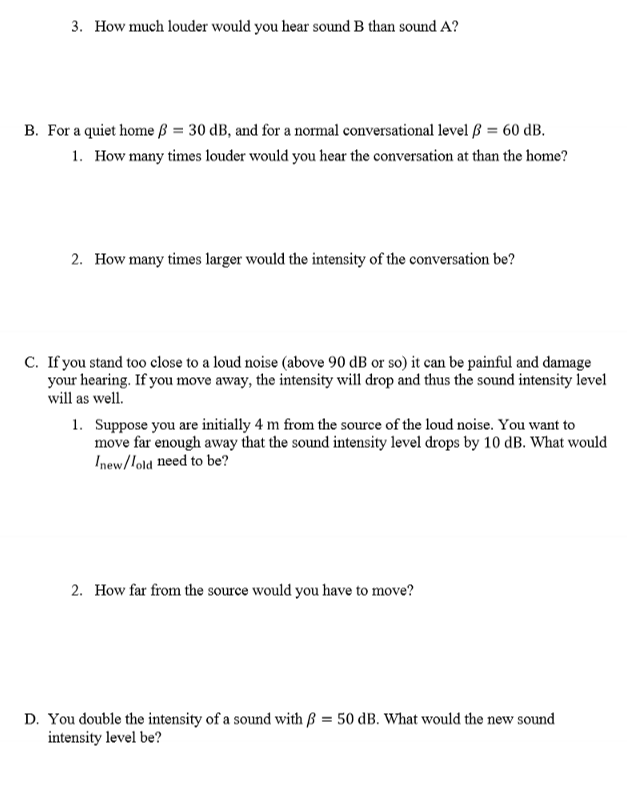


Solved Problem 5 Decibels And Human Hearing Like Most Of Chegg Com
Since 10 decibels = 1 bel, an increase of 10 decibels indicates the amplitude increasing by a factor of 10 Since 30 decibels is 3 lots of 10 decibels, the amplitude is increased by 3 factors of 10, or #10^3=1000# In general, an increase of #n# decibels indicates an increase in amplitude by a factor of #10^(n/10)#Solution P (dBW) = 40dBm 30 = 10dBW How to convert dB to dBm dB is a relative unit that describes gain and dBm is an absolute unit referenced to 1 milliwatt (mW) So you can't convert dB to dBm dBm to Watt, mW, dBW conversion tableRecently I got a diagram from an audio technician at a company telling me how to make my own 10 dB cut and dB cut stereo box But now that I made them did I realize that I need one single box with around 25/30 dB cut I can see from the numbers I got from the technician that



Solved I Have Seen A Question Similar Or The Same To This Chegg Com



Are Your Headphones Too Loud Scientific Scribbles
Standards OSHA requires employers to implement a hearing conservation program when noise exposure is at or above 85 decibels averaged over 8 working hours, or an 8hour timeweighted average (TWA) Hearing conservation programs strive to prevent initial occupational hearing loss, preserve and protect remaining hearing, and equip workers with the knowledge and hearing protection devicesDecibel Scale Sound is measured in units called decibels (dB) The higher the decibel level, the louder the noise On the decibel scale, the level increase of 10 means that a sound is actually 10 times more intense, or powerfulExample 6—An HFA 302 dB printout for the left eye To measure the widest diameter, we create a pseudoisopter by drawing a line midway between points with a threshold of 10 dB and higher and adjacent points with a threshold less than 10 dB The widest diameter is 24 degrees on the yaxis


H E A R Are You At Risk Hearing Education And Awareness For Rockers



Chapter 21 Musical Sounds Ppt Video Online Download
That is, it responds much more efficiently to sounds of very small amplitude than to sounds of very large amplitude Because of the enormous nonlinearity of the ear in sensing pressure waves, a nonlinear scale is convenient in describing the intensity of soundThe decibel (symbol dB) is a relative unit of measurement corresponding to one tenth of a bel (B)It is used to express the ratio of one value of a power or rootpower quantity to another, on a logarithmic scaleA logarithmic quantity in decibels is called a levelTwo signals whose levels differ by one decibel have a power ratio of 10 1/10 (approximately 1258 93) or (sometimes equivalentlyDecibel Scale Sound is measured in units called decibels (dB) The higher the decibel level, the louder the noise On the decibel scale, the level increase of 10 means that a sound is actually 10 times more intense, or powerful



Top Five Tips For Preventing Hearing Loss The National Campaign For Better Hearing


Mini Split Products Are Designed To Be Quiet D Airconditioning
OCZ's tech support told me this thing is supposed to be 30 db at idle and that 30 db is almost inaudible unless I am closer than 2 feet to the unit So how loud exactly is 30 db?The decibel (symbol dB) is a relative unit of measurement corresponding to one tenth of a bel (B)It is used to express the ratio of one value of a power or rootpower quantity to another, on a logarithmic scaleA logarithmic quantity in decibels is called a levelTwo signals whose levels differ by one decibel have a power ratio of 10 1/10 (approximately 1258 93) or (sometimes equivalentlyThere 30 dB is a factor of 10^(30/10) = 10^3 = 1000 and 60 dB is a factor of 10^(60/10) = 10^6 = (That is 1000×1000) Conclusion Compared to 30 decibels 60 decibels have "316 times more strength" when you think of field quantities like sound pressure



Solved What Is The Intensity Level In Decibels Of A Sound Chegg Com
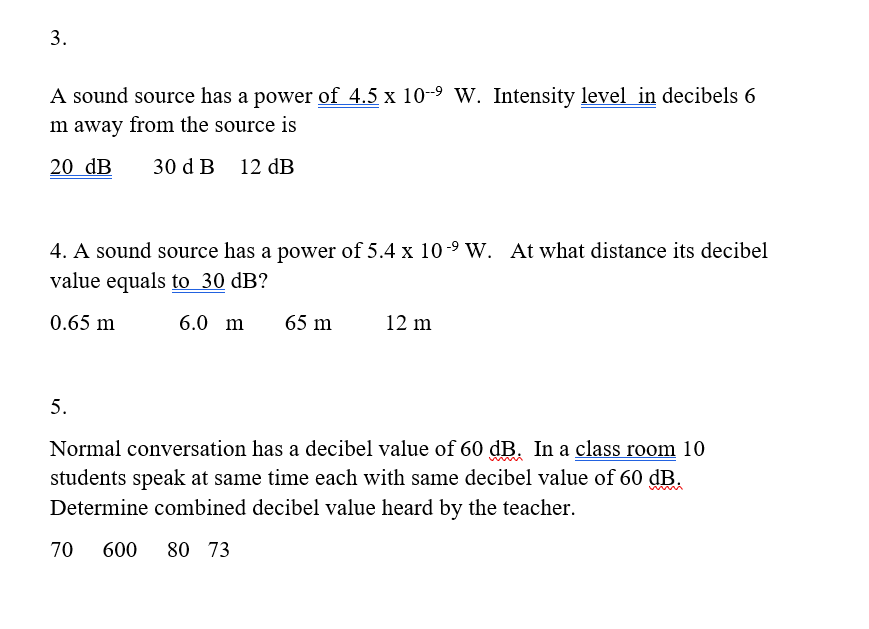


Solved 3 A Sound Source Has A Power Of 4 5 X 10 9 W Int Chegg Com
In fact, for every 10 decibels of noise exposure, the intensity of the sound goes up 10 times At 85 decibels, the maximum recommended exposure time is 8 hours But by 100 decibels, the noise exposure limit drops to 15 minutes, and at 10 decibels more (110 dB), the exposure time plummets to just one minute



Learn About Decibel Db In Computer Networks


What Is The Quietest Suppressor Ever Made And How Quiet Is It Compared To Other Suppressors Quora



What Are Decibels Db Loudness Levels Safe Unsafe



How Many Decibels Are Too Loud


Quiet Latch The Noise Free Solution Midwest Door Hardware


How To Understand Your Hearing Test Hearing Aid Resource For Consumers
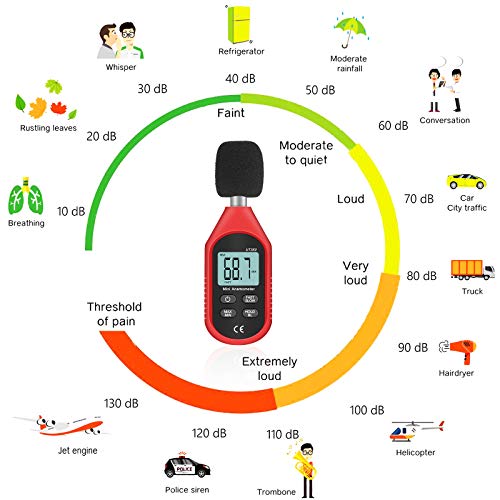


Decibel Meter 30 130 Db Dba Dbc Met End 5 10 21 12 00 Am
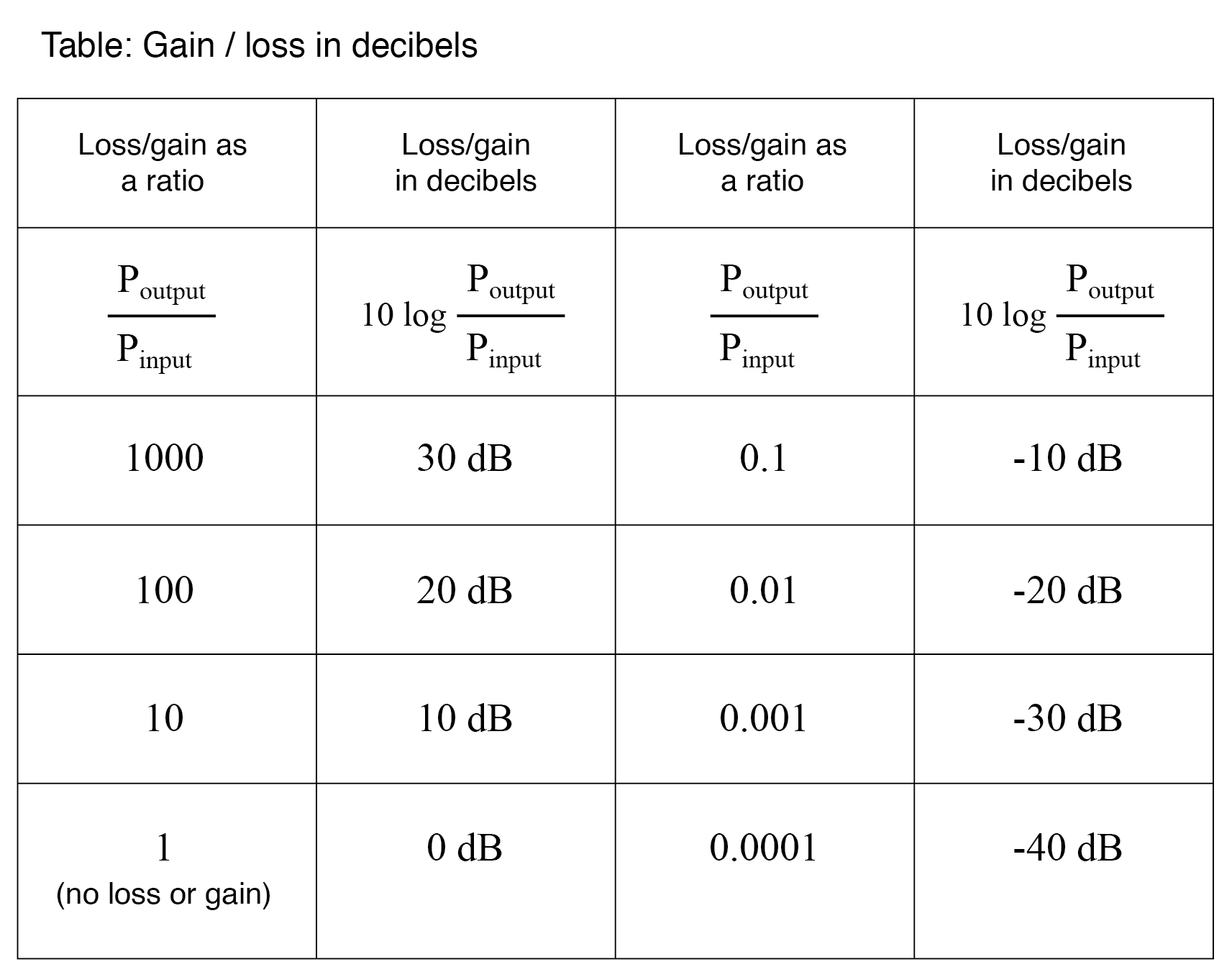


Decibels Amplifiers And Active Devices Electronics Textbook



Decibel Db



Noise Restrictions In The City Of Denver Denver Franchise Business Contract Attorneys
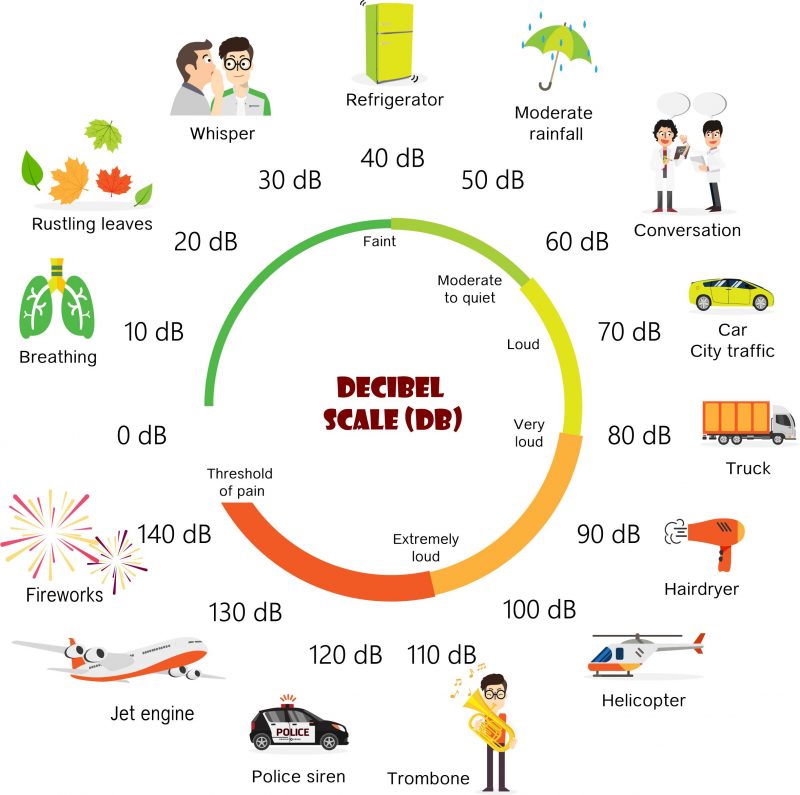


Levels Of Common Quiet And Loud Noises Residential Acoustics
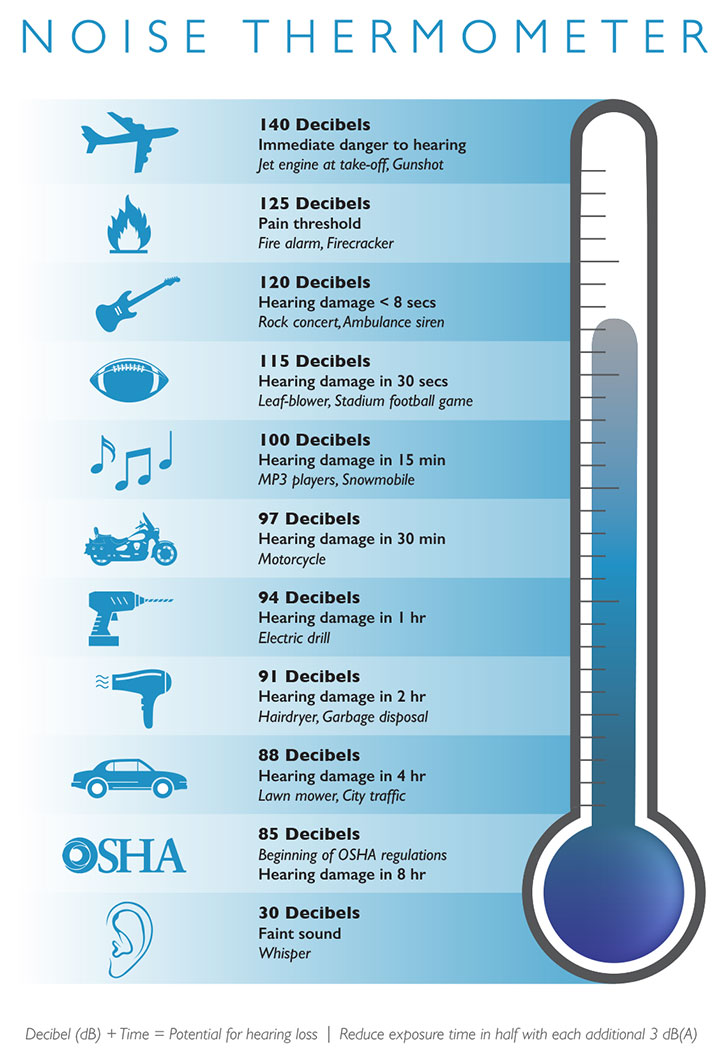


Noise And Hearing Loss Hearing Industries Association



Park La Brea Air Conditioner Noise What Is A Decibel



Noise Level Scale Noise Pollution



Noise Hearing Conservation Facilities Management And Development Ryerson University



Hearing Protection Dallas And Frisco Tx Ear Doctors


Are 24bit 192khz Music Files Really Better Than The Cd Standard Page 6 Diyaudio



Hearing Loss Prevention Henry Ford Health System Detroit Mi



Guide To Fridge Noise Levels



The Ringtone Menace Using No Cell Phone Signs To Keep The Peace Smartsign Blog



Ynxghhv2s Ipzm
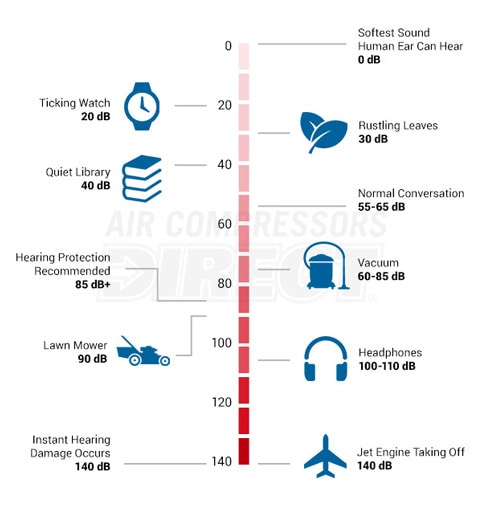


Bring Down The Noise How To Buy A Quiet Air Compressor



Signs And Types Of Hearing Loss Audicus
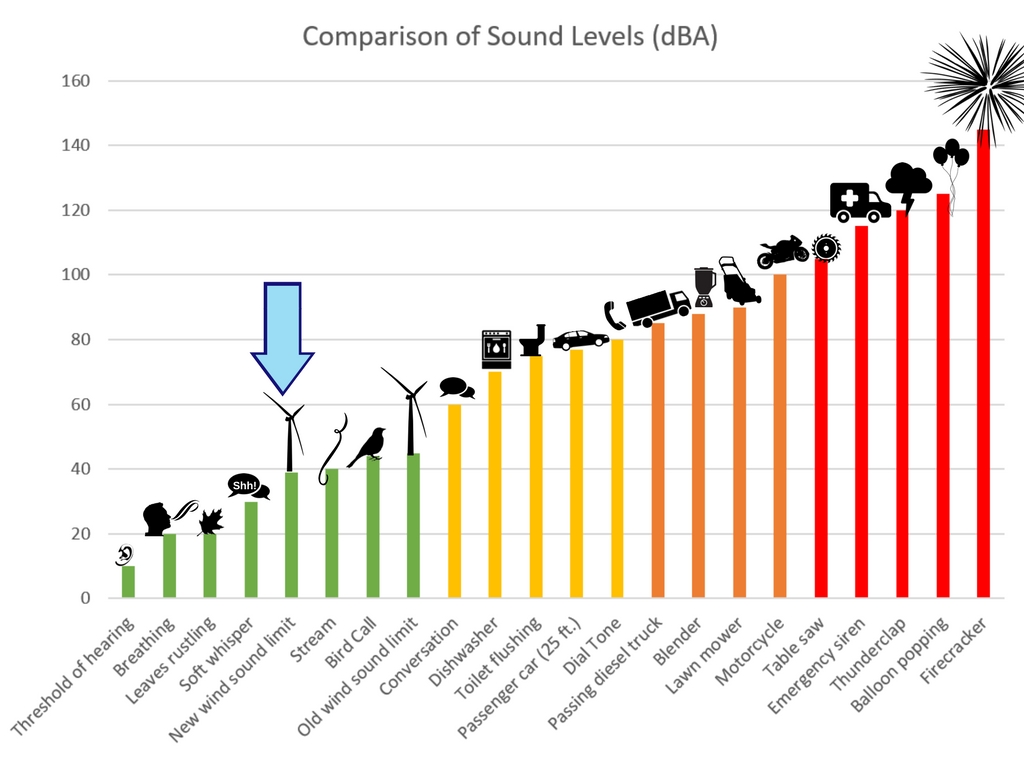


Wind Sound Rules Approved By Lcar Vermont Public Interest Research Groupvermont Public Interest Research Group



6 Simple Ways To Check If Your Headphones Are Too Loud Deafblind Uk
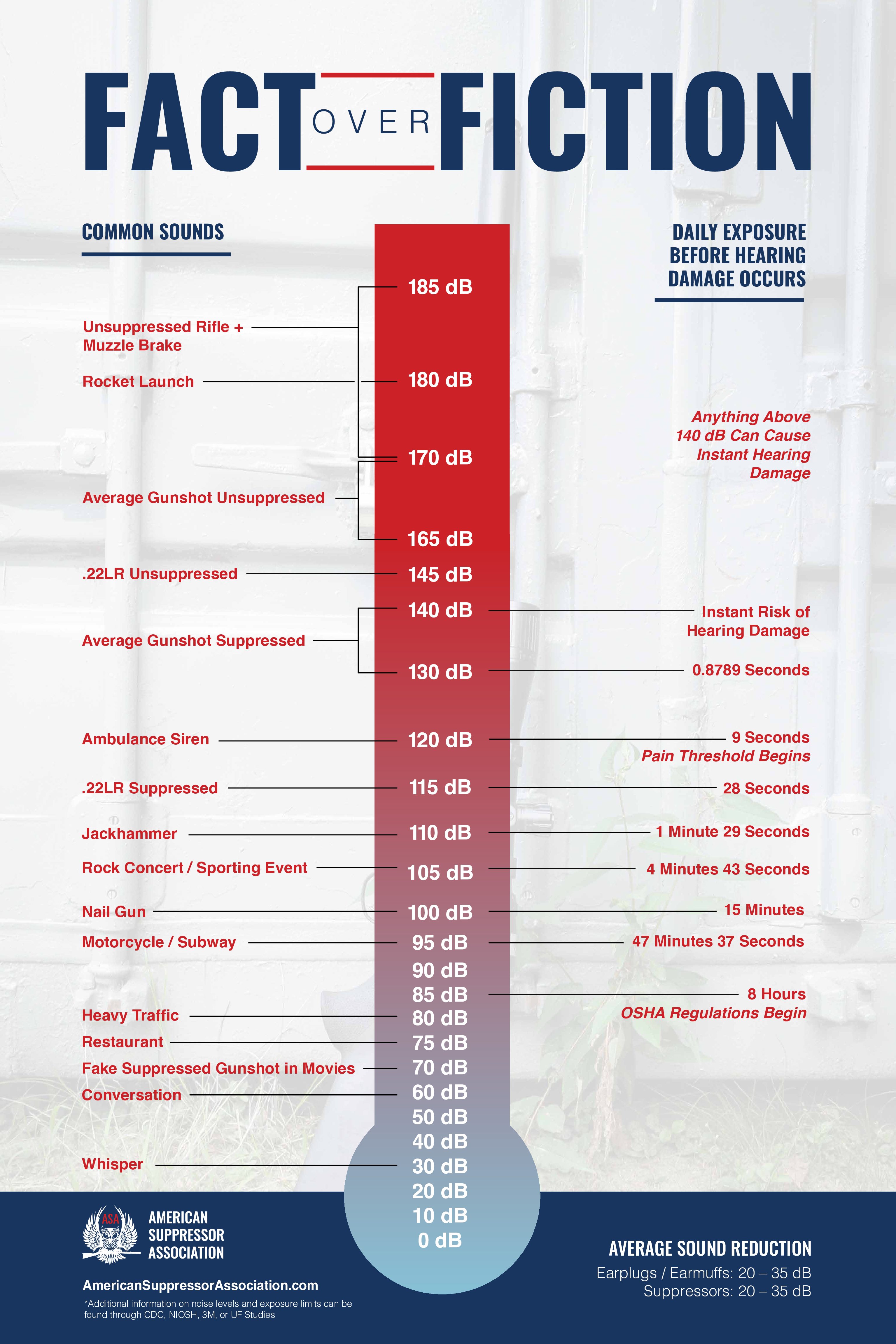


Hearing Protection American Suppressor Association


Human Hearing


Loudness Level Gain Volume Perception Db Factor Volume Conversion Ratio Gain Level In Decibels Formula Db Field Quantity Energy Size Power Voltage Damping Convert To Factor Attenuation Amplification Acoustic Intensity Cause Sound



6 Simple Ways To Check If Your Headphones Are Too Loud Headphonesty



What S The Quietest Percussion Massager In 21 Sound Levels Compared



Pin On Home Soundproofing


How Loud Is 69 Db By Definition Quora



Levels Of Noise In Decibels Db Level Comparison Chart Sound Proofing Guide



Decibel Wikipedia
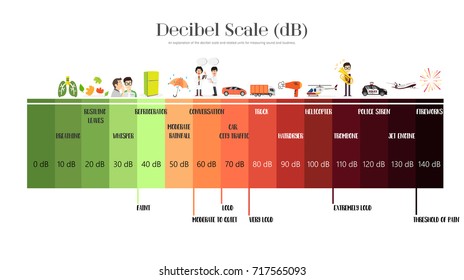


Decibel Images Stock Photos Vectors Shutterstock



Everything You Should Know About Sound Wait But Why
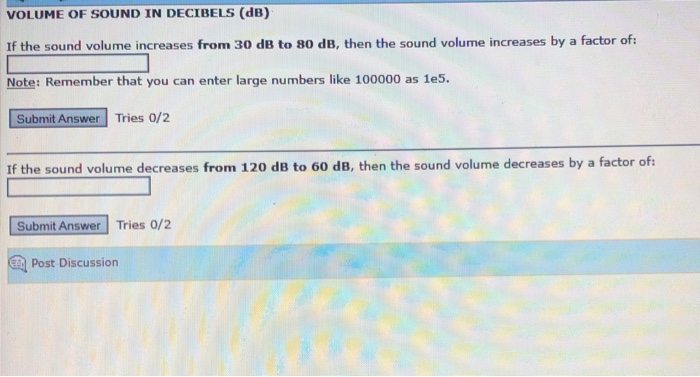


Solved Volume Of Sound In Decibels Db If The Sound Volu Chegg Com



Tinnitus Hearing Healthcare Centers
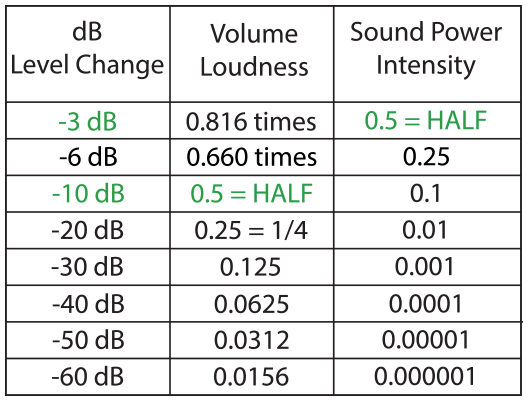


Overcoming Noise Issues Oknalux


How Loud Is A Silenced Pistol In Decibels Quora



Amazon Com Earplugs Noise Reduction Rating 30 Decibels 4 Pairs Home Improvement



What Is Silence And How Can We Achieve It


Decibels Db You Probably Think That Decibels Are Used To Measure How Loud Sounds Are You Are Correct But Sound Level Is Only One Thing Measured Using Decibels The Decibel Db Is A Unit Used To Express Power Energy Transfer Not Mathematical
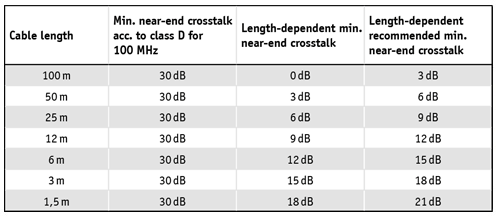


Calculate Attenuation Factor What Is Signal Attenuation
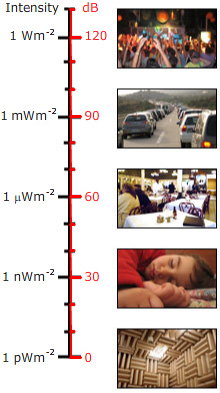


Db What Is A Decibel



Solved A Whisper In A Quiet Library Is About 30 Decibels Chegg Com



How Loud Is A Decibel
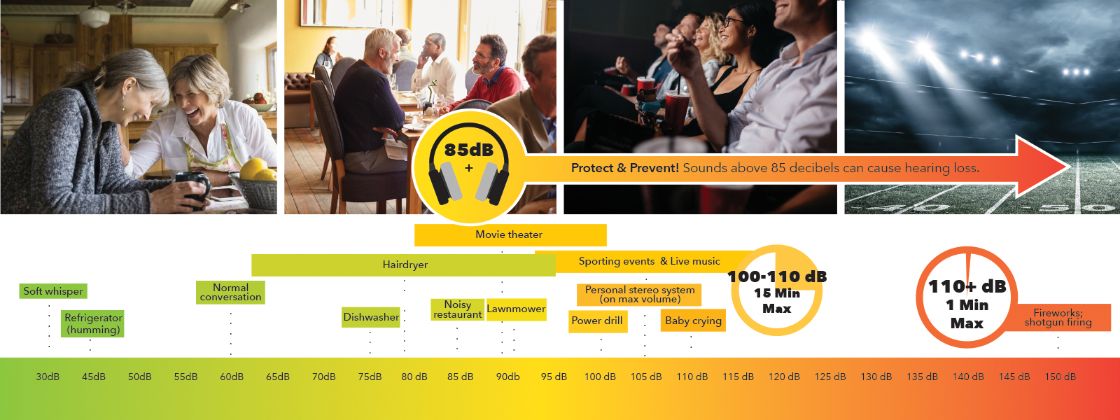


Understanding Decibel Charts Miracle Ear



Which Central A C Is Quietest A Kansas City Tech Answers Santa Fe Air Conditioning Heating



Public Servant Hearing Plan Audio Logic Pc



Noise Levels Hearing Protection



Noise Exposure Hearing Loss


How Much Louder Is 70 Decibel Compared With 60 Decibel Quora


What S The Point Of Silencers If They Re Only 30 Decibels Quieter Than An Unsilenced Gun Quora



Vlike Noise Sound Level Meter Digital Decibel Meter With Lcd Audio Measurement 30 Db To 130 Db Date Logger Db Meter With A And C Frequency Weighting For Sound Level Testing Amazon Ca



Surprising Levels Of Everyday Sounds


How Decibel Db Express Amplifier Gain The Engineering Knowledge
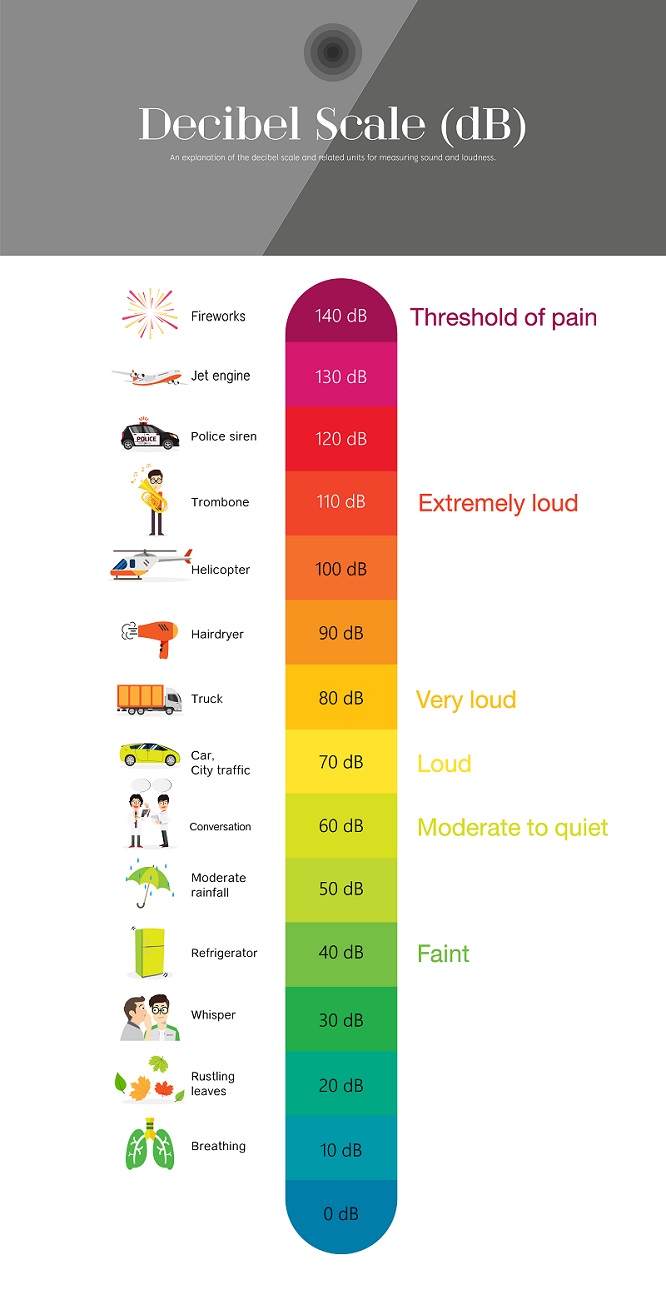


Quietest Tumble Dryers Uk



The Sound Level At A Point Is Increased By 30 Db What Is Factor Is The Pressure Amplitude Incre Youtube



Sound Intensity Mathspig Blog



The Hearing Journal



Chart Displaying The Noise Level In Decibels Of Various Activities Auditory Processing Disorder Auditory Processing Speech Language Therapy



Encyclopedia Of Home Recording Decibel



How To Find The Quietest Dishwasher



Nasd They Re Your Ears Protect Them Hearing Loss Caused By Farm Noise Is Preventable


New Rules Could Mean More Fines For Noisy Delandites News Beacononlinenews Com
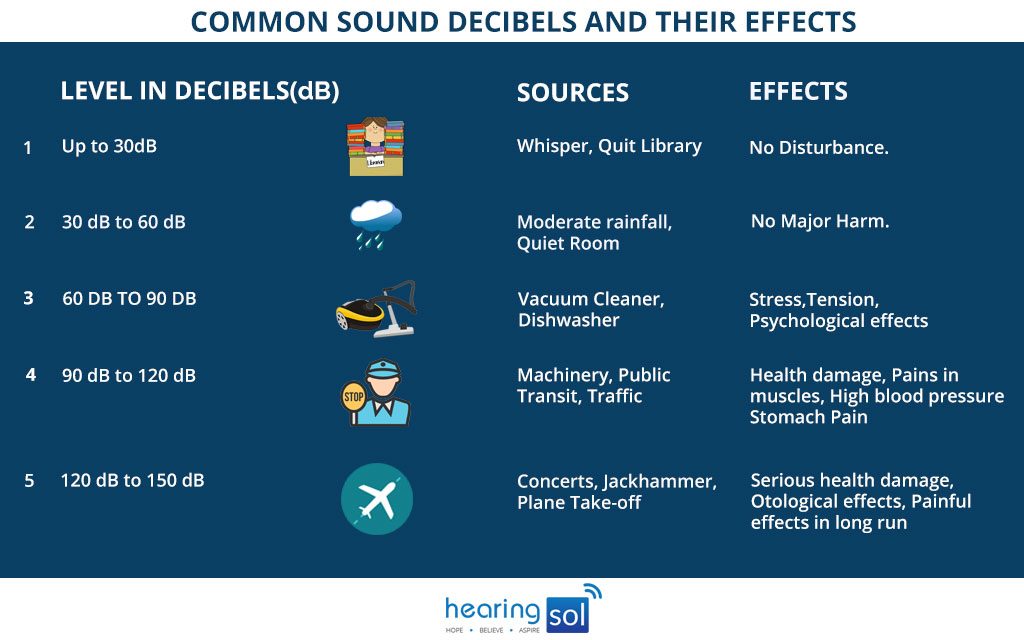


Best Most Accurate Decibel Meter Apps For Android Iphone



10 Pair 30 Decibels Sleep Noise Reduction Ear Hearing Protection Soft Earplugs Ebay



Prevent Hearing Damage During Fourth Of July Celebrations



Noise Sound Decibels Hearing Atlantic Environmental Incorporated



0 件のコメント:
コメントを投稿